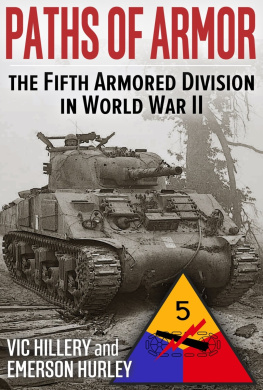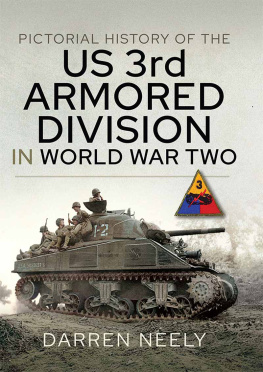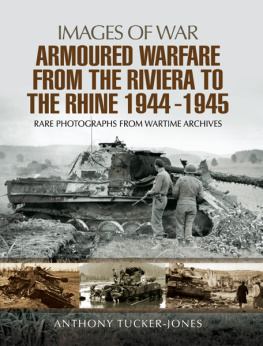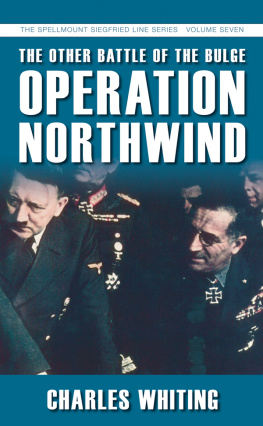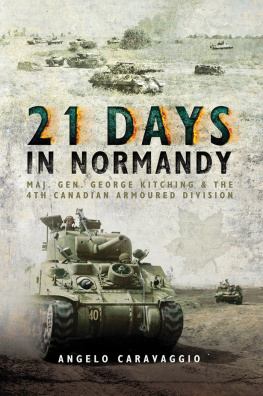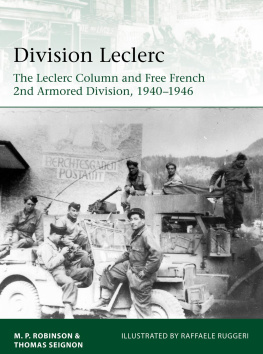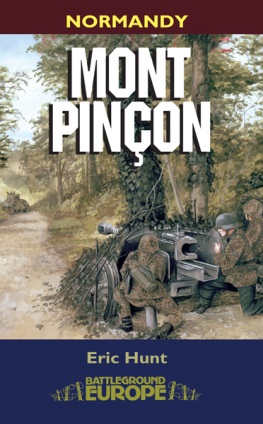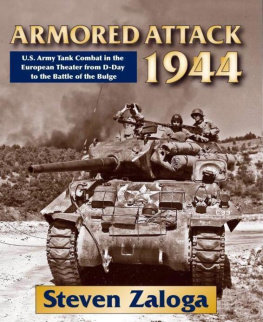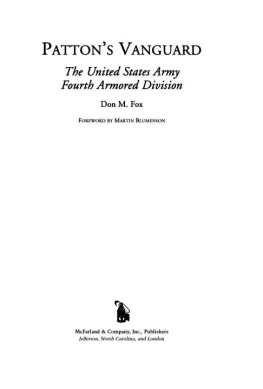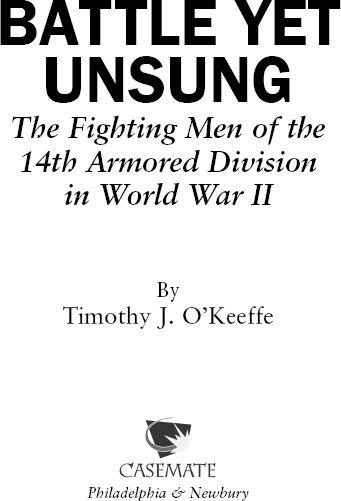Published in the United States of America and Great Britain in 2011 by
CASEMATE
908 Darby Road, Havertown, PA 19083
and
17 Cheap Street, Newbury, Berkshire, RG14 5DD
Copyright 2011 Timothy J. OKeeffe
ISBN 978-1-935149-44-6
eISBN 978-1-61200-0398
Cataloging-in-publication data is available from the Library of Congress and the British Library.
All rights reserved. No part of this book may be reproduced or transmitted in any form or by any means, electronic or mechanical including photocopying, recording or by any information storage and retrieval system, without permission from the Publisher in writing.
10 9 8 7 6 5 4 3 2 1
Printed and bound in the United States of America.
For a complete list of Casemate titles please contact:
CASEMATE PUBLISHERS (US)
Telephone (610) 853-9131, Fax (610) 853-9146
E-mail: casemate@casematepublishing.com
CASEMATE PUBLISHERS (UK)
Telephone (01635) 231091, Fax (01635) 41619
E-mail: casemate-uk@casematepublishing.co.uk
CONTENTS
This book is dedicated to the men of the 14th Armored Division who fought valiantly in France and Germany during World War II. This work is especially dedicated to those men who gave their lives or were seriously wounded in the fighting. This last group experienced a lifetime of sacrificing their health and wholeness.
It is also dedicated to the families of all of these men who went overseas, families which had to worry and pray that a telegram from the War Department was never delivered to their door.
Finally, this work is dedicated to two men, the late Sgt. and Dr. Robert Isaac Davies, my brother-in-law, and to his Battalion Commander, Lt. Col. Bob E. Edwards, who was an inspiration to all his men in the 68th Armored Infantry Battalion of the 14th Armored. This book is about the men of all the combat battalions in the Division, yet these dedications could go on to include the brave soldiers who risked their lives for God and Country in all the battalions that served in World War II in both the European and Pacific Theaters of Operations.
A PERSONAL INTRODUCTION
It was in 1999 that I first met Robert Isaac Davies. Bob had grown up in a Welsh community in Poultney, Vermont, a small town where slate mining in the local quarries was the primary source of income for most families. Many grandparents in the town, including Bobs, had been raised speaking Welsh around the kitchen table. He had spoken only Welsh until his first grade teacher sent a note home indicating that students had to learn English. Bob Davies account of his linguistic transformation recalled his grandfathers announcing to his household, Therell be no more Welsh spoken in this family. Bobs wife also remembered, like other kids, speaking Welsh.
In the small elementary and high school classes in Poultney, the average number of pupils was only twenty-five. Everybody knew everyone else, and the sports teams had rosters, especially football, that named almost every boy in a given class. Bob grew up an avid reader, thanks to some of his teachers, many of whom he remembered with respect and affection. He also loved to play sports, especially football, basketball, and baseball, the latter being the one he hoped to pursue professionally as an adult. Instead, after he finished high school, he entered the army in 1943 and shipped out from the train station in the nearby city of Rutland. His life would change dramatically in the next several years.
It was decades later, in 1999, that I first met Bob, being about fifteen years younger than him. At the time I was unattached, with four adult children miles away from me. I, to use an old-fashioned word, was courting Marilyn Frances Balducci, a younger sister of Olive (Jo) Davies, whose family was still connected to Poultney. Bob and Jo had been married after World War II, when Bob returned home from the European Theater of Operations (ETO). He had stepped on a Sch mine in Alsace, France when he was a Sergeant of the 68th Armored Infantry Battalion of the 14th Armored Division, then with Seventh Army.
We all met at Bob and Jos condominium in Satellite Beach, Florida, where Marilyn introduced me to the couple. As a retired English professor, I regarded it as a signal privilege and great honor to get to know a wounded combat veteran, and more so later to become his brother-in-law. I am one of the generation of the famous military historian Stephen Ambrose, who, like me, grew up as a child during World War II. I can still remember the drama in my living room listening to our cathedral-shaped radio which announced the Japanese attack on Pearl Harbor on December 7th, 1941, a date which will live in infamy, as President Roosevelt phrased it.
Ambrose would go on in his professional life to produce several excellent books on the fighting in Europe, and what he said of the combat veterans of the war, both British and American, typifies my feelings and those of most of my contemporaries: It has been a memorable experience for me. I was ten years old when World War II ended. Like many other men my age, I have always admirednay, stood in awe ofthe G.I.s. I thought that what they had done was beyond praise. I still do.
When I was a kid, a few years younger, I was entranced by action scenes in films, of which there were many about World War II in the decades after the fighting. Living vicariously through someone elses heroism filled my thoughts and dreams as it did thousands of other young boys. This glorious and harmless view influenced our vision of war years and even decades later.
However, as happened to countless other families, the tragedy of war struck home as well. Sometime in May of 1944, my mother, father, brother Dave and I were returning home from seeing a movie. When we entered the hall of our home, there was a telegram on the small table with the lace doily in the hall. It informed my mother, considered next of kin, that my Uncle John, her kid brother, was dead. He had been an artilleryman with a National Guard Division and had spent two years in the hellhole of New Guinea fighting the Japanese. John, we were informed, had died of a combination of malaria, typhoid fever, and pneumonia. I was later to discover that at least half of the deaths of soldiers in places like New Guinea were caused not by some noble flesh wound in the tradition of Homers Iliad but by invisible bacteria. Some time later a Purple Heart Badge was mailed to my mother, but it could not undo the broken heart that she suffered. Such experiences were commonplace for mothers and wives across the country, a theme dramatized in the recent documentary The War by Ken Bums.
In my uncles case, the grim irony was that he hadnt had to serve in the Armed Forces. He, like all his sisters and brothers (six in all) was an immigrant from Ireland and was, like his father and one other brother, a carpenter, living in Brooklyn and patiently awaiting his US citizenship. His death, in another sense, was not ironic at all. The pattern had been set years, decades, and even a millennium earlier. Both my fathers side of the family, the OKeeffes, and my mothers side, the OSullivans, had participated in combat as early as the Danish invasion of Ireland in the tenth century.
The fondness of the Irish for keeping historical (sometimes mythologized) track of its people produced ample documentation of their sometimes violent record. Only a few years ago during a trip to that country did I discover from a cousin that the Cork City Museum had a display of explosives employed by my father to blow a bridge in 1921 to interdict a unit of British Auxiliaries, the notorious Black and Tans. Although in daylight hours a country blacksmith, at night he fought with the Irish Republican Army to end English domination of his country. After the end of fighting, he left his country for the United States, refusing ever to return to a land that had seen so much pain and suffering.



